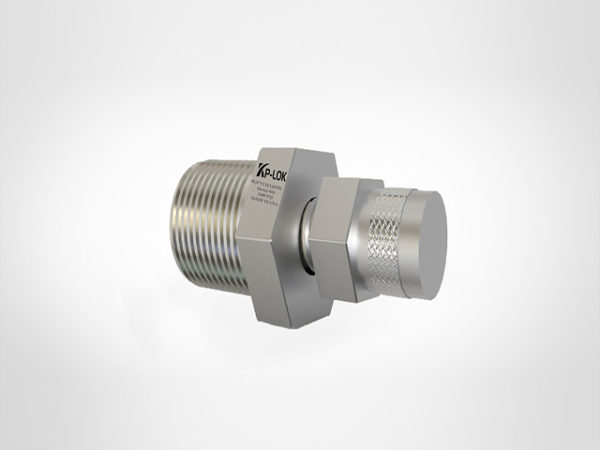When to Use Pressure Gauge Accessories
Experienced manufacturers in most industries
must control plant closures, service interruptions, employee safety, and
equipment failures to maintain competitive advantage. Fatal occasions like the
Macondo Prospect Oil Platform and the Bhopal Union Carbide crash show the
worst-case scenario if the machine fails. Many plants can never face events of
this magnitude, but small things are also important when everything is at
stake. Although pressure gauges are not the best option, broken or damaged
meters can lead to loss of containment, fire, explosion, and significant
cleaning costs, which can compromise profitability. It is therefore important
to avoid malfunctioning pressure gauges. The simplest solution is to use and
install the pressure gauge accessory correctly.
Why does the pressure gauge fail? Often
there is no known reason for the failure of the pressure gauge or there is no
data. However, there are seven factors that cause the pressure gauge to fail.
·
Incorrect handling with
incorrect meter installation or improper installation
·
Peak pressure peak exceeds
standard
·
Excessive mechanical vibration
·
Corrosion by media which
gradually corrodes metal parts
·
Temperature above the specified
tolerance
·
A meter with a foreign object
A smart company knows that it cannot prevent
errors from all indicators, but you can optimize the performance of your
equipment by adding appropriate pressure gauge fittings.
Five Saving Measures
Thermocouples protect the mechanical and
electrical thermometers placed in the process flow and help to alleviate
harmful corrosion, wear, temperature, pressure and turbulence. Thermal
insulation protects the thermometer from external conditions when protecting it
in extreme, high or low or high pressure conditions.
The mini siphon protects the pressure gauge
from harmful vapours and liquids. High temperature steam condensed in the
siphon prevents steam from damaging the most sensitive parts inside the
instrument. Some mini siphons provide an internal chamber to reduce pressure
surge.
Based on the process, five gauge fittings
reduce the risk of failure, lengthen the life of the gauge, and get the most
out of the equipment. Needle valves can help isolate the manometer from the
measured fluid or reduce pressure pulsation.
Pressure pulsation can be https://www.kp-lok.com/product/purge-valves/ biased through the
use of a snubber to dampen vibrations to simplify pressure readings. The needle
valve also ensures that the pressure gauge is isolated from the pressure medium
and can damage the heartbeat.
Overpressure protection protects the
pressure gauge from excessive or damaged pressure peaks in the reactor or
boiler when the peak and surge exceed the rated capacity of the instrument.
A small measure creates great returns.
Taking precautionary measures to ensure that
the meter is adequately protected will help ensure optimal instrument
performance. This means that critical production remains on schedule.
